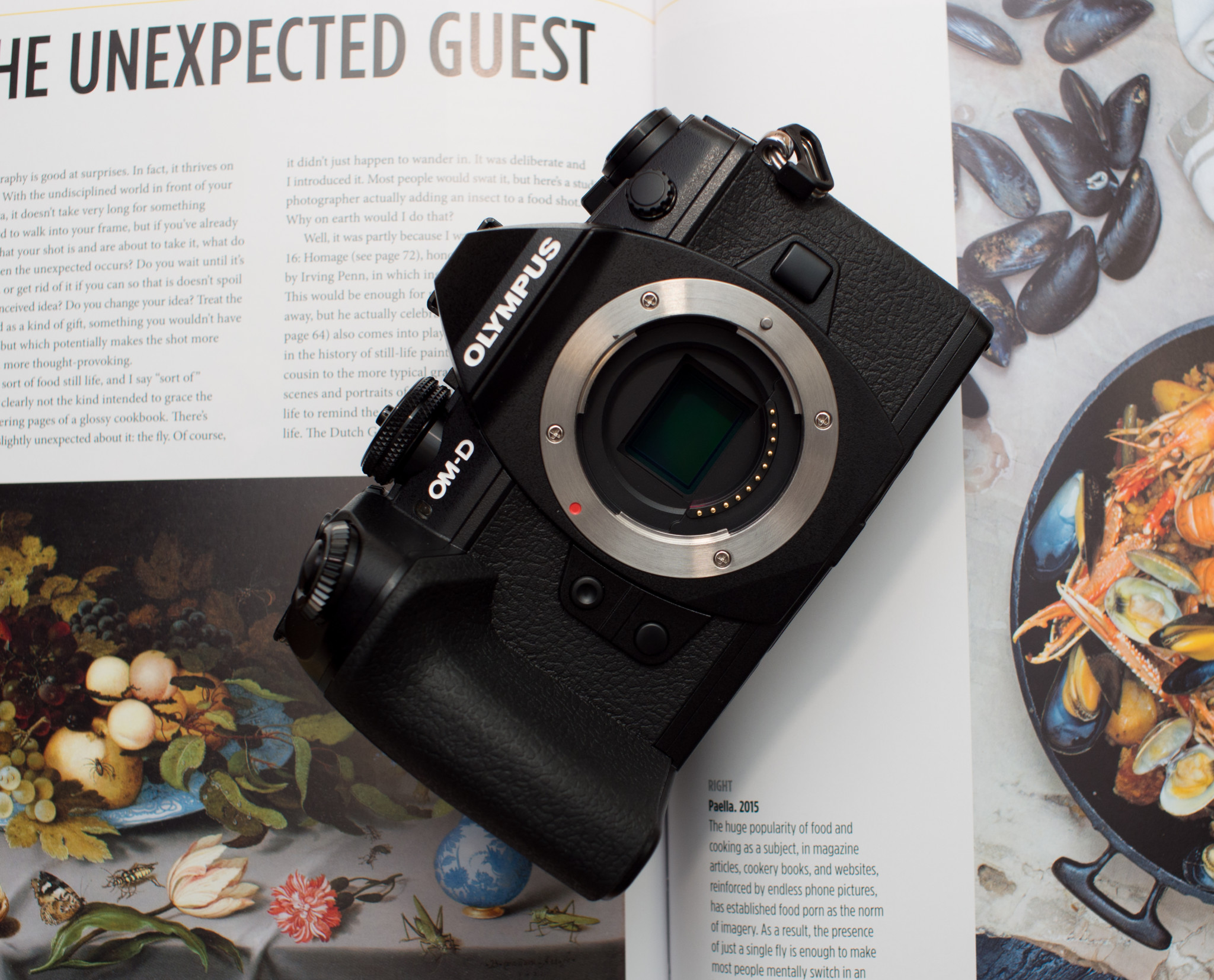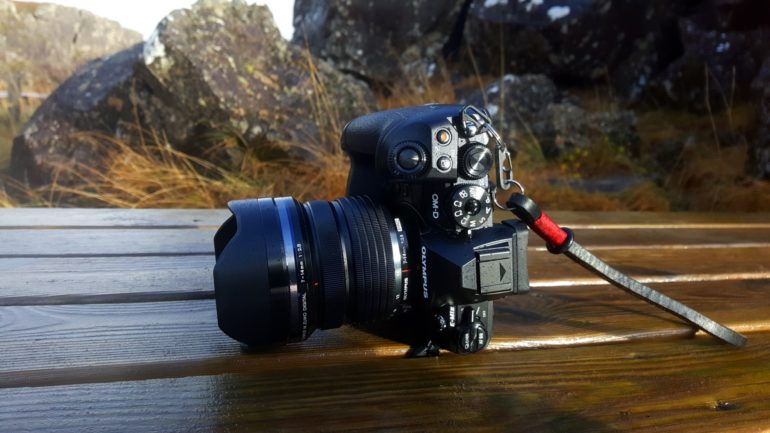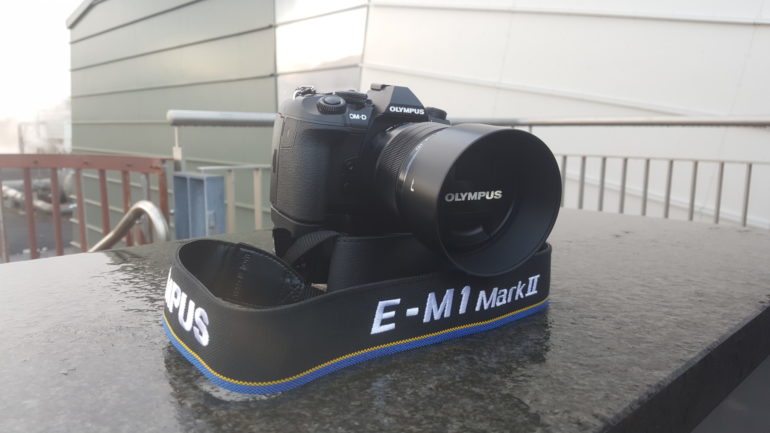When Olympus announced their latest flagship Micro Four-Thirds camera at Photokina, the Olympus OM-D E-M1 Mark II (EM1 Mk. II), we got a chance to do a quick overview of what the newest flagship had to offer. Overall we were pleased with what the specs promised to both the high-level enthusiasts and to the professional photographer as well, but just how well did it deliver in the real world? After spending four days with the camera, here’s what we found.
Ergonomics in Use
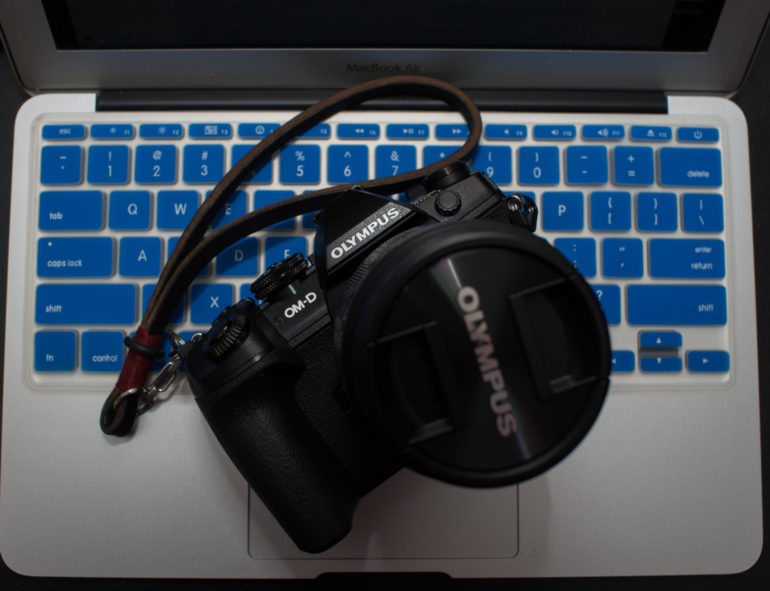
The EM1 Mk. II is a compact body with a ton of dials and buttons at the top while it’s face remains clean with two function buttons between the grip and the lens, and the lens release on the left of the body. The body is slightly larger than the original EM1 which offers a more comfortable experience when holding and shooting for extended periods of time. Straight out of the box, the EM1 Mk. II feels both familiar yet far more substantial than the previous model; it’s slightly heavier, slightly larger but if you’ve shot with the original EM1 you can pretty much navigate the controls off of muscle memory alone.
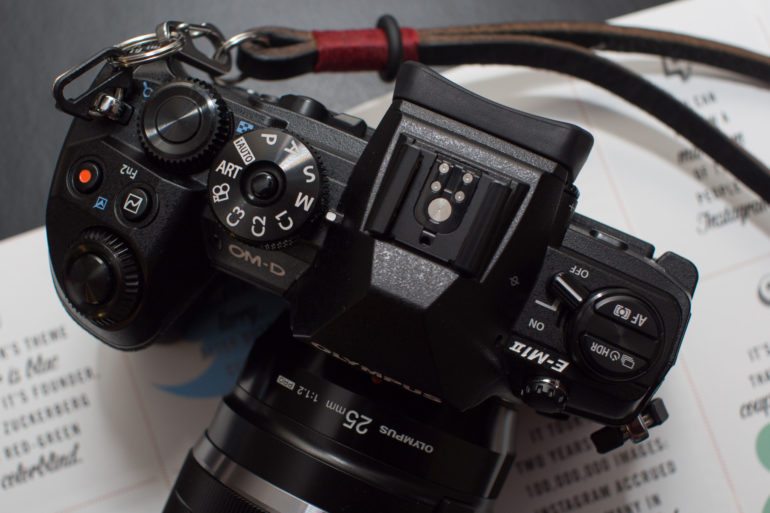
The EM1 also features multiple function buttons that can all be customized through the menu system – if one of the factory settings doesn’t fit your style of shooting, there’s a fairly good chance that it can be reassigned to another physical button that suits your needs. The high level of customization is built with advanced enthusiasts and pros alike; photographers that know how they shoot best and require their gear to be able to be shaped to their needs.
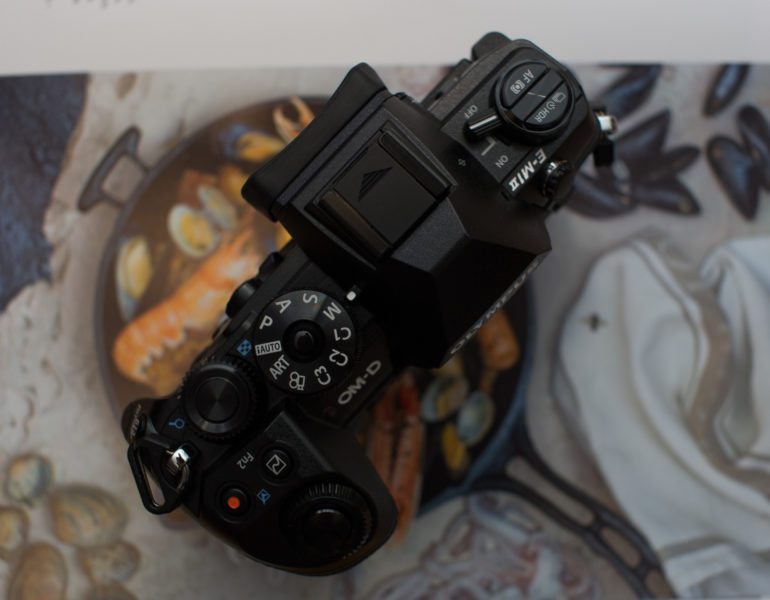
During our time with the EM1 Mk. II we opted to use the optional HLD-9 Power Battery Holder mostly for the additional battery; the combination kept us shooting all day without having to find a place to recharge. Now the use of a battery grip seems to put photographers into two distinct camps – you either love it or think it defeats the purpose of making a camera with a small footprint – especially when you consider that the battery grip makes the EM1 Mk. II almost as tall as a small-to-medium sized DSLR. From our use over four days in Iceland, we’d happily trade the ultra compact footprint for all day shooting and the confidence of having a lot more camera to hold on to. Overall the additional height is negligible and the pros outweigh the cons.
While in Iceland we were met with average temps in the low-to-mid 40’s with heavy winds and weather patterns that seemed to change every 10 to 15 minutes. It was cold, wet, and generally not a place where you’d be without a pair of gloves. Even with gloves we were able to operate the camera’s main functions without much issue with one major exception – the two main dials, right index finger under shutter and rear right thumb dial, found themselves being moved inadvertently by the extra layer that gloves provided. It’s not the most annoying issue I’ve ever faced shooting but we found ourselves wondering when the settings had changed; during the majority of our trip we found ourselves shooting lots (lots) of landscapes so thankfully we weren’t in too much of rush when setting up our shots.
New Features and Shooting Modes
The EM1 Mk. II brings some improvements to some familiar shooting features while adding some additional bells and whistles that photographers have been asking for. For starters, the EM1 Mk. II now has dual SD card slots which can be used in one of four modes – Standard Mode, Automatic Switching Mode (automatically saves to second card after first runs out of space), Dual Independent Mode (allows you to assign specified image quality to cards; i.e. Card 1 RAW; Card 2 JPEG), or Dual Same Mode (for backup purposes). This is a boon for pros who like having the option of redundancy or JPEG proofs for quick turnaround or review. While shooting we found that assigning the specifications to the cards were both simple and helped us capture both RAW and JPEG without stressing over card capacity or failures.
For Olympus fans the High-Res Shot Mode isn’t new but it does get a significant improvement; High-Res Shot Mode can now capture a 50-megapixel composite image. Thanks the new TruePic VIII Image Sensor, High-Res Shot Mode can now minimize subtle changes to your scened like gently blowing leaves or ocean waves. That said, the same caveat applies – this is not ideal in a situation with lots of motion or where the camera isn’t fully stabilized on a tripod.
To Olympus’ credit however is the Pro Capture Mode – a lag free capture mode that utilizes the silent electronic shutter to capture a series of JPEG/RAW images when pressing halfway on the shutter. The end result is up to 60 frames per second captures with a buffered 14 frames prior to depressing the shutter all the way. This came in handy when trying to capture an erupting geyser.
There have also been improvements to Olympus’s Live Capture/Live Bulb modes; the new Live Shooting Mode helps you see your composition on your LCD as it “develops.” We’re no astrophotographers but thanks to Olympus’s Live Shooting mode we were able to fake it effectively.
Auto-Focusing and Image Stabilization
The EM1 Mk II boasts improvements to its auto-focusing and image stabilization systems. We found that the new Dual FAST AF delivers in allowing us to quickly shoot and then recompose without much AF hunting on the part of the camera. To speed the process even further you can customize a focal point range as well as how many times it will try to refocus all in-camera. Though we didn’t do much sports shooting, this should be compelling to sports enthusiasts who’ve longed for a reliable AF system. In real-world usage we found that the EM1 Mk II is more than able to hold its own against the likes of Sony’s a6500 – the lag time between a half-shutter press and finding it’s focus is near instantaneous in decent light.
The EM1 Mk II’s 5-axis Image Stabilization is by far one of the most rock-solid stabilization systems available in its class especially when combined with any Pro lens that supports Dual-IS. For the majority of the trip we found ourselves using the EM1 Mk II paired with the Olympus M.Zuiko 12-100mm f/4 Pro Lens. The combination allowed us to capture 4K video all hand-held with minimal shake even at the fully extended 100mm focal length.
Battery vs. the Elements
Remember when we said the weather in Iceland was intense? Wind-chill brought down the standing temps well below the freezing mark and the constant onslaught of rain, snow, and hail (depending on the hour) made short work of my “weather-proof” jacket but the Olympus EM1 Mk II kept on kicking. Olympus bills the EM1 Mk II as splash-proof, dust-proof, and freeze-proof down to 14-degrees F and if you’ve followed along on Instagram, they delivered. Our days of shooting in Iceland averaged around 8 or 9 hours daily and as Iceland’s majesty is want to do, you’ll find yourself wanting to shoot everything in sight. The EM1 Mk II was able to handle the long days of shooting and still have enough juice well into the night. In the four days in Iceland we found that the EM1 was getting a solid 12-hours battery life (with grip) and never going fully dead. While capture the Northern Lights, the EM1 Mk II was more than capable of handling the frigid temps of the Icelandic countryside without much in terms of battery drain.
One of the standout features of the EM1 Mk II’s new high capacity battery isn’t just that it holds up well and delivers on the promise of all-day shooting, but the EM1 Mk II’s battery has an insanely fast charging time as well. We found our unit to be able to go from 0-100% in a couple of hours. This isn’t some kind of half-charge displaying at 100%, instead this is a legit full charge that you can take out the next day for a full day’s worth of battery life.
Image Samples

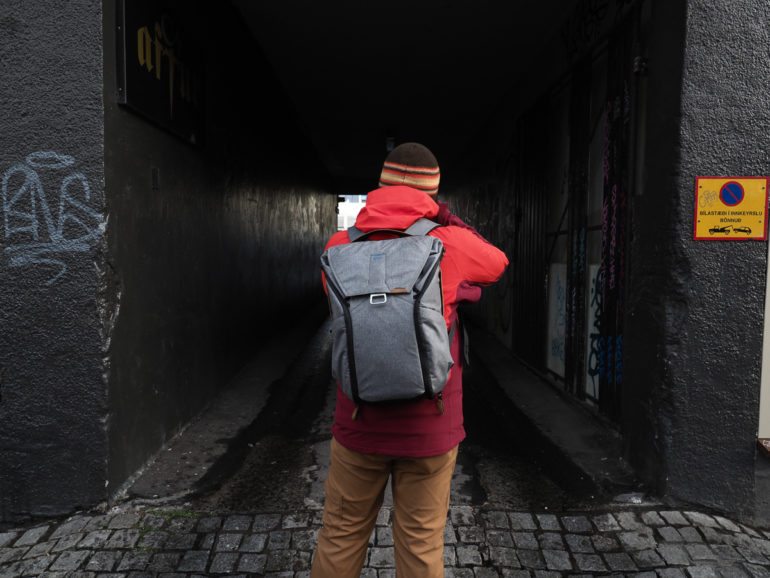

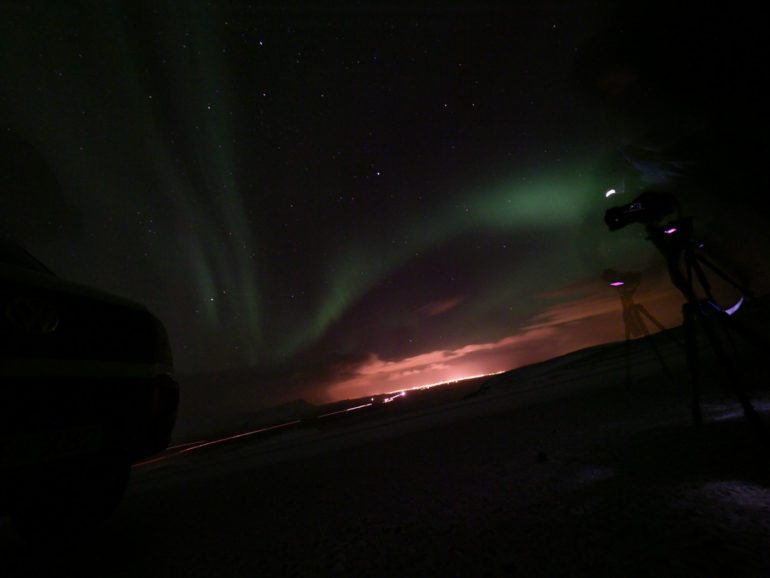
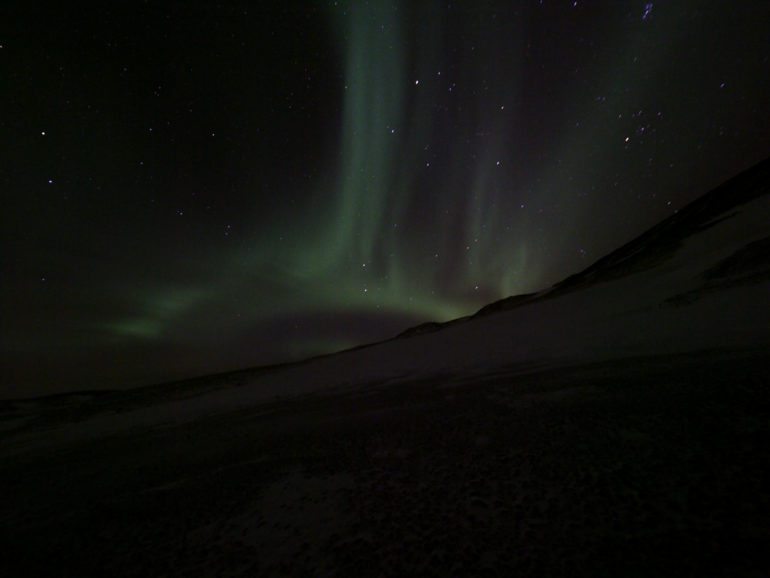


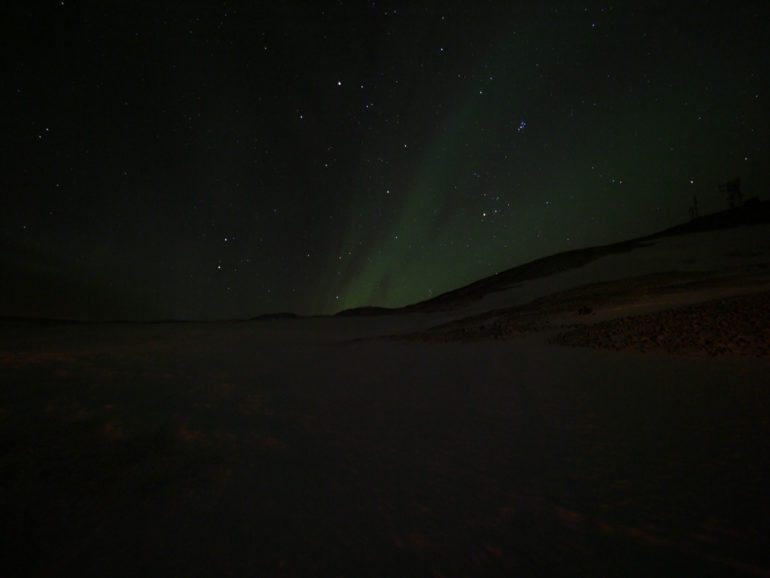
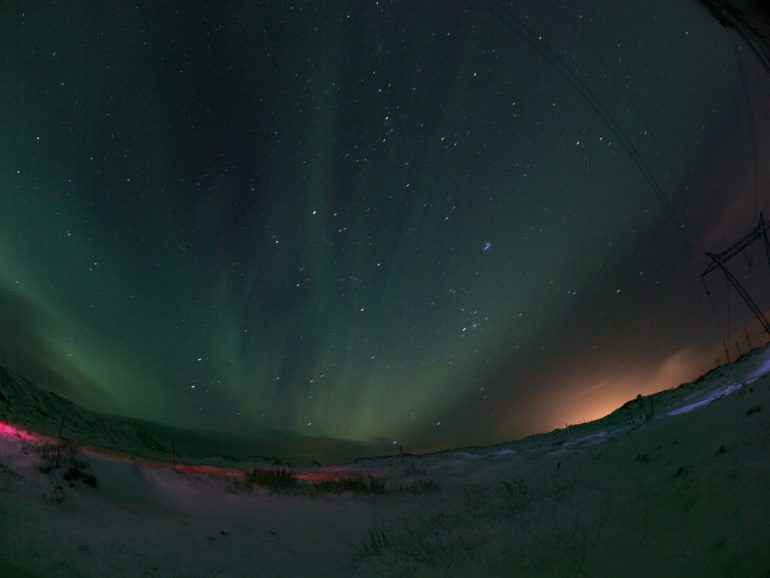
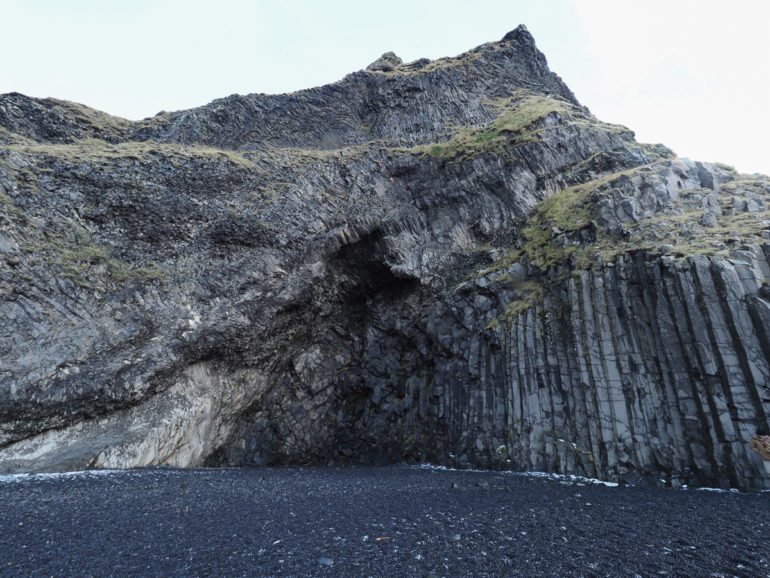


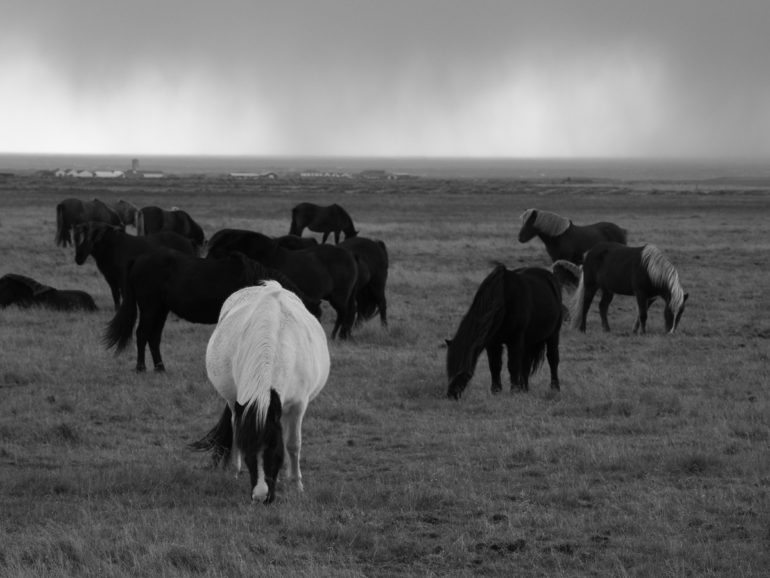
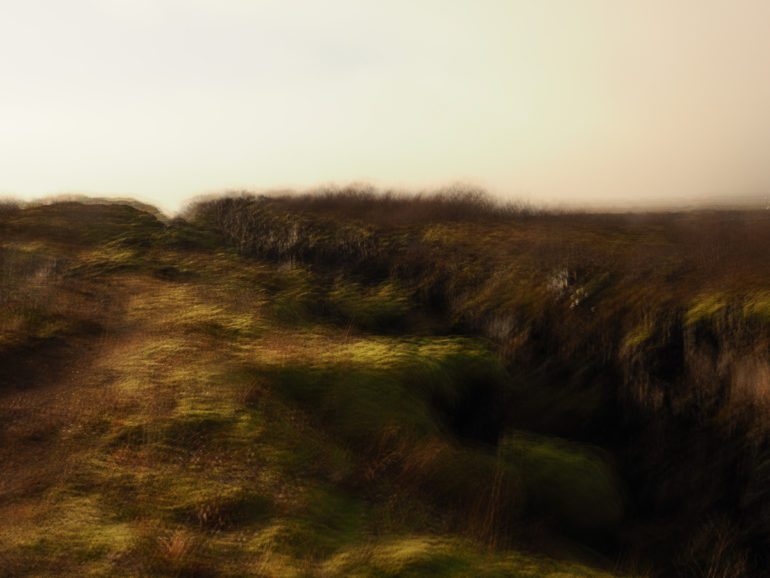
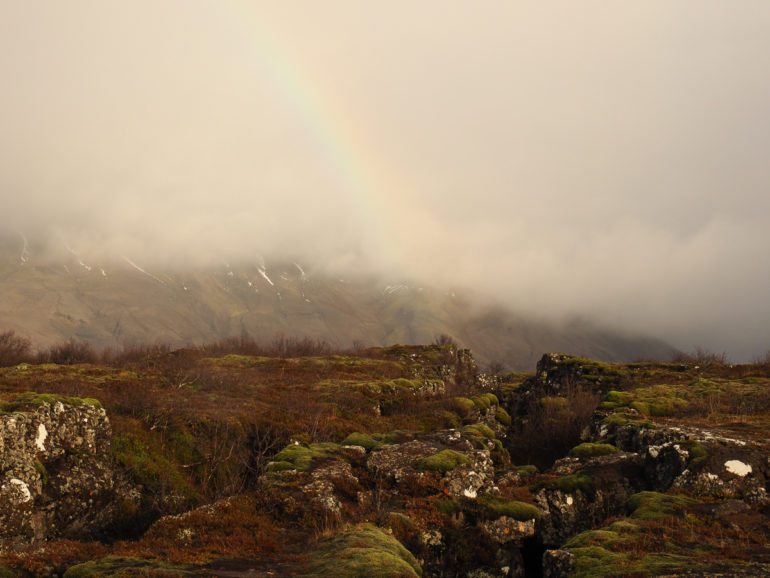

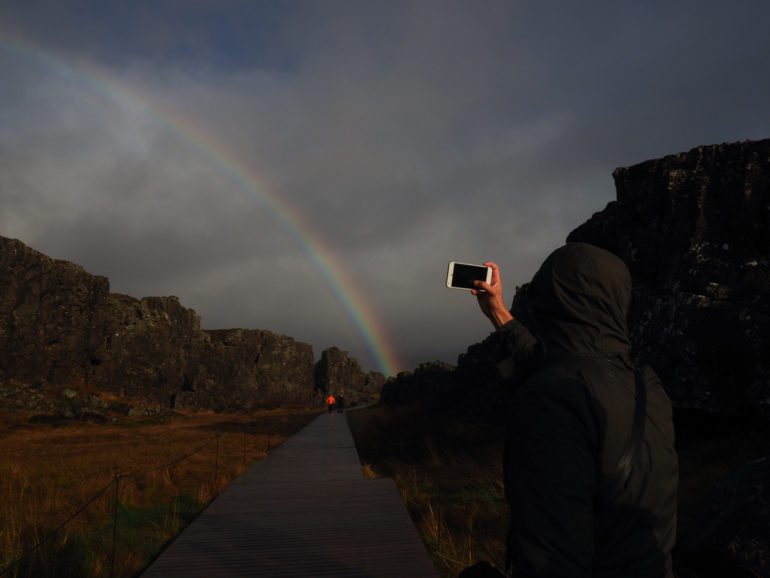
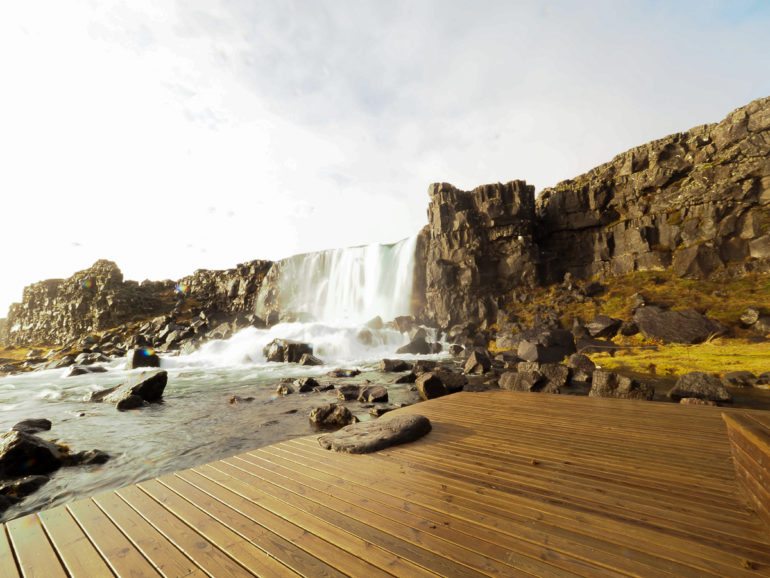
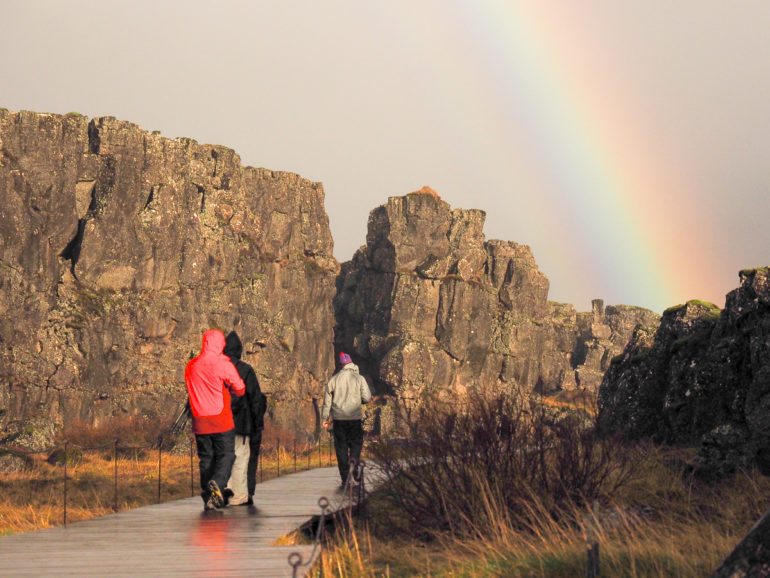

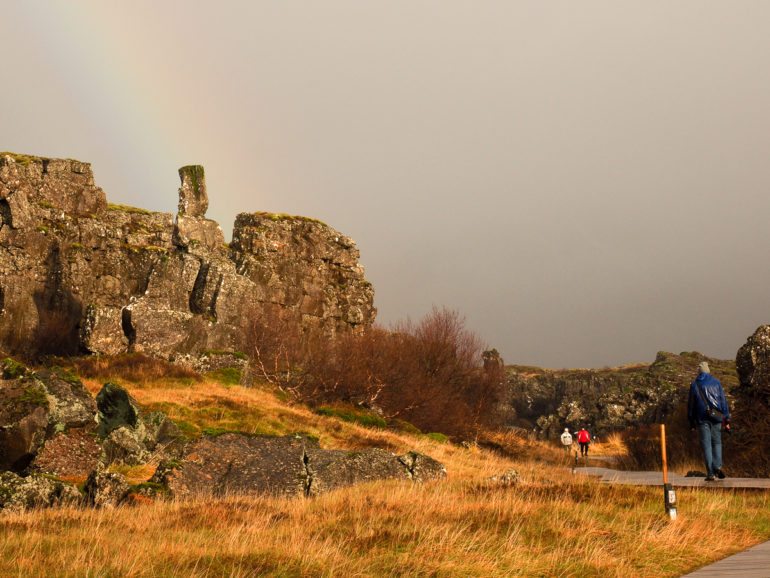
The Hot Take
While we haven’t been able to look at the RAW files yet, our initial impressions of the camera are positive. For some it’s hard to get excited about a Micro Four-Thirds sensor camera but the EM1 Mk II is without a doubt built to be workhorse for those that don’t want to carry around 40 lbs. of gear on a trip. More importantly for the pro or enthusiast is that Olympus has built out an exceptional line of Pro Lenses that offer high quality optics and add a level of image stabilization by working in tandem with the camera’s 5-axis IS that other manufacturers will have a hard time competing against. A pro camera is more than just megapixels and a weather-sealed body; the Olympus OM-D E-M1 Mark II will be a welcomed surprise for the Prosumer market.
The Olympus OM-D E-M1 Mark II will be available at the end of December 2016 and will retail for a suggested MSRP of $1999.99.


